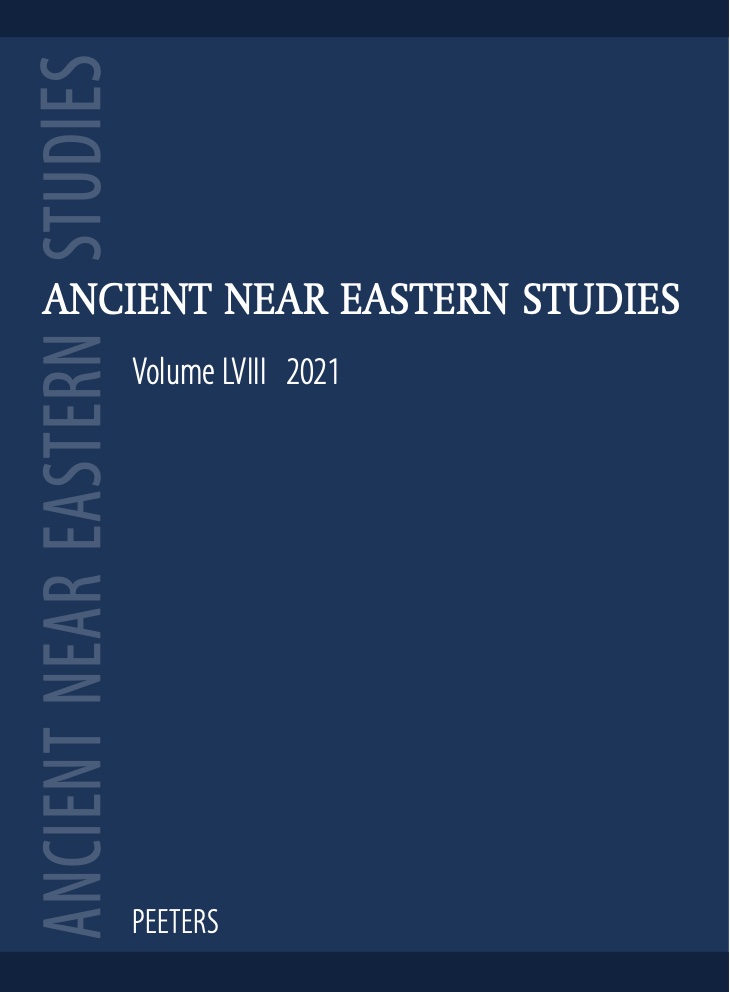 previous article in this issue previous article in this issue | next article in this issue  |

Preview first page |
Document Details : Title: Lithic Industry of the Early Chalcolithic in the Southwest Zagros Subtitle: New Insights from the Middle Bakun Site of Tal-e Mash Karim, Iran Author(s): NISHIAKI, Yoshihiro , HOSEIN TAHERI, Mohammad , SARDARI, Alireza Journal: Ancient Near Eastern Studies Volume: 55 Date: 2018 Pages: 125-141 DOI: 10.2143/ANES.55.0.3284688 Abstract : Flaked stone assemblages of the Late Ceramic Neolithic to Chalcolithic periods from the Zagros region (sixth and fifth millennium BC) have been collectively assigned to a single industry, termed the Post-Mlefaatian. This paper argues for its potential spatio-temporal variability, with reference to a lithic assemblage of the Early Chalcolithic (Middle Bakun) period recently excavated at the site of Tal-e Mash Karim in the highland plateau of southwest Iran. One important finding of this study is that the Post-Mlefaatian is divisible into at least two phases, distinguishable by a shift in the core reduction method. The preferential use of conical cores for pressure blade production in the early Post-Mlefaatian was replaced by the predominant use of unifacial cores in the later phase, to which the Mash Karim assemblage belongs. This technological shift occurred after the Late Ceramic Neolithic, apparently more or less coincidently with the significant cultural transformation at the onset of the Chalcolithic period in the highland plateau of the southwest Zagros. A regional survey indicates that a comparable shift occurred in the lithic industry of the Susiana lowlands as well, where the Chalcolithic cultural transformation is believed to have proceeded earlier. These findings provide new insights into testing the current hypothesis that interaction with the Susiana lowlands played a substantial role in the Neolithic-Chalcolithic transition in the highland plateau, which has been discussed in the current literature from ceramic perspectives alone. |
|


